 Recently I ran across an article that led with an interesting premise: if you want to be better than the competition, you need to be asking better interview questions. That made me stop and think. In the HR blogging space we are very friendly with each other and often provide advice that is informative and uplifting; however, that title takes the conversation in another direction.
Recently I ran across an article that led with an interesting premise: if you want to be better than the competition, you need to be asking better interview questions. That made me stop and think. In the HR blogging space we are very friendly with each other and often provide advice that is informative and uplifting; however, that title takes the conversation in another direction.
- If your competitors are better, they will win.
- If the competitor has better HR people, they will have a significant advantage.
So what does that mean for you? It’s time to step up your game. Look at what some of your current processes are, and see how you can fix them to be more competitive. A few examples:
- Look at your new hire orientation setup. Are you making the best use of time for you, the employee, and the manager? Does the process make the new employee feel welcomed? Where can you trim a little fat from the process without impacting the new hire experience negatively?
- How about your employee relations practices? Are you assisting managers to ensure they take care of their employees, or do they try to push that off on you? Find ways to start moving the accountability back to the managers. Soon enough, you’ll have more time on your hands to focus on the bigger fish (like this list of 50 human resources challenges).
- Is diversity and inclusion on your list of things to look into? Why or why not? It’s a real issue, and it shouldn’t be ignored.
We would love to think that it’s all lollipops and kittens, but truthfully it’s a tough world out there. If we’re going to beat the competition, we’re going to need to manage our (ahem!) human resources better. Who’s with me?
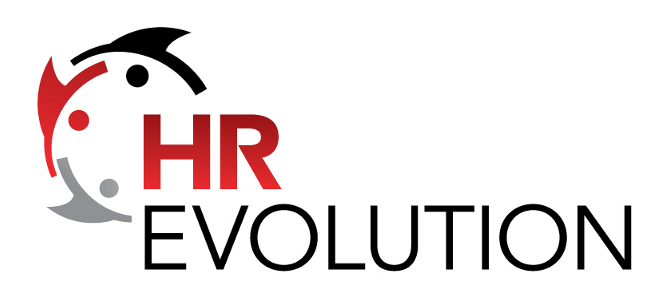 A few months back I read a great post by Keith McIlvane about wanting HR conferences to
A few months back I read a great post by Keith McIlvane about wanting HR conferences to 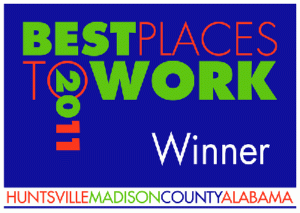
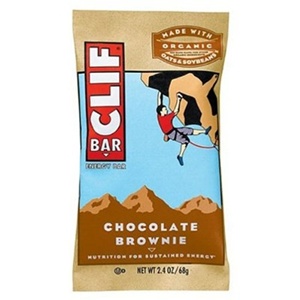 Have you ever thought about company success stories? Most of us are captivated by the startup company “started in a garage and became a millionaire” type stories. I wasn’t looking for an object lesson, but I found one in an interesting place.
Have you ever thought about company success stories? Most of us are captivated by the startup company “started in a garage and became a millionaire” type stories. I wasn’t looking for an object lesson, but I found one in an interesting place.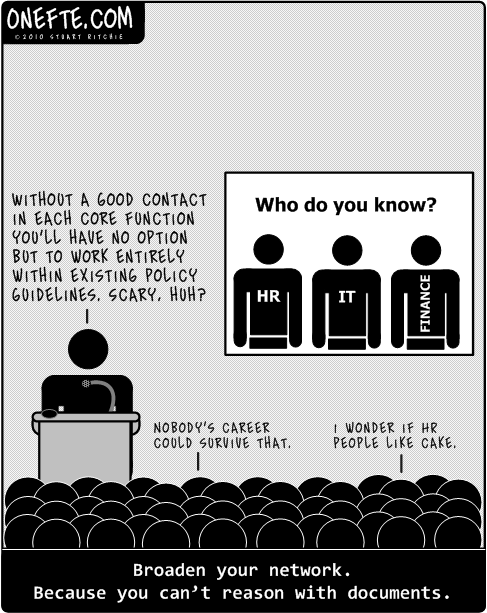
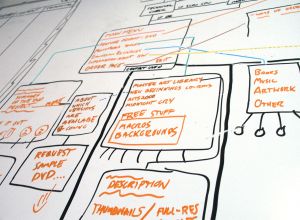 Shortly into my lunch meeting, I realized it was a human resource management planning exercise in disguise. And it was so much fun.
Shortly into my lunch meeting, I realized it was a human resource management planning exercise in disguise. And it was so much fun.